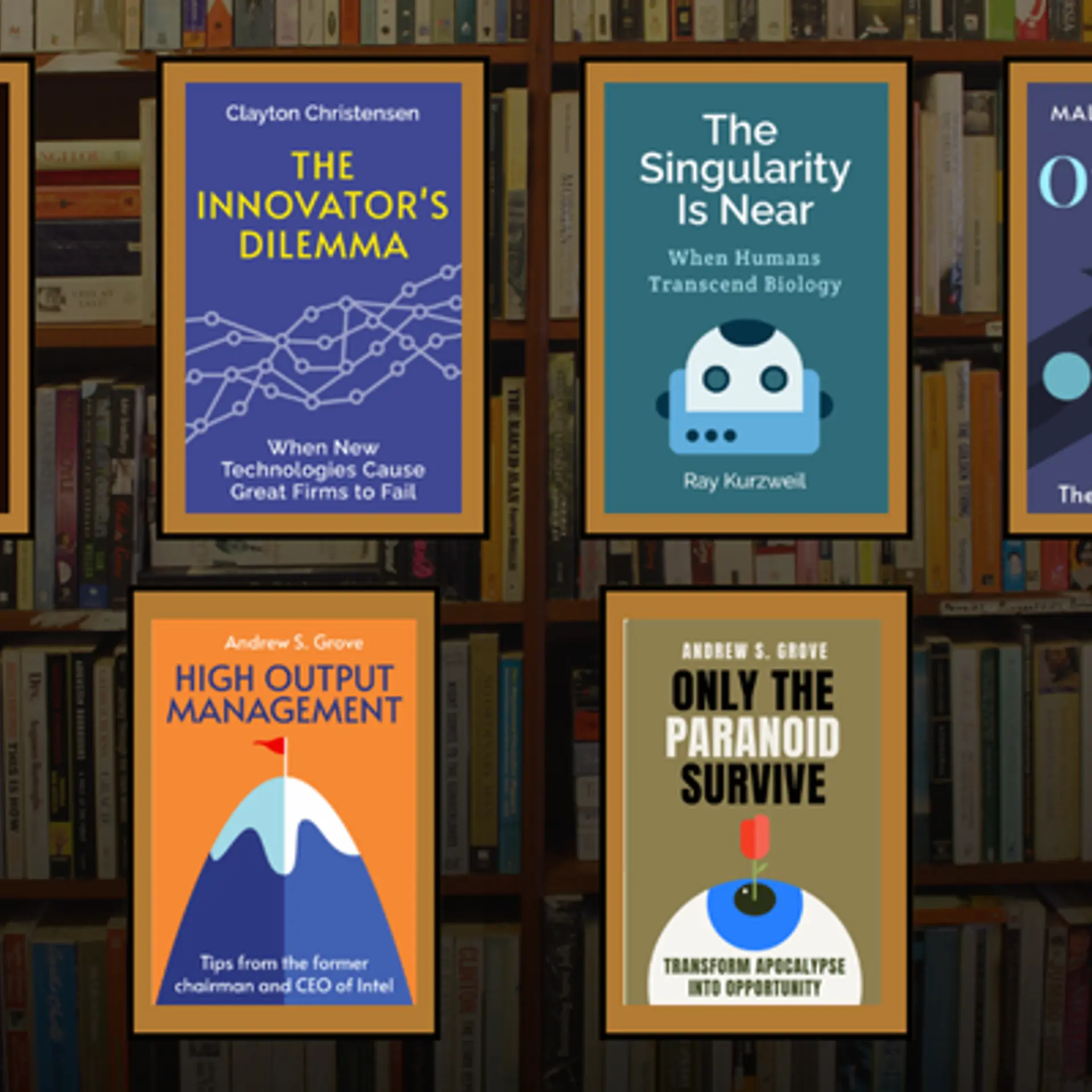[App Fridays] Present in 106 countries, Skiplino helps you stand in queues from the comfort of your home
Skiplino helps you tweak your spot in the queue while you go about running your errands.
From preschool cafeterias to the collection of retirement cheques, people spend an average of six months of their lives waiting in queues. Queues are never inviting, what with the uncertainty in waiting time and Moore’s law generally ensuring that by the time you end up at the front, the teller says, “Lunch break now, come back later.”
Skiplino, a digital queue management solution that takes into account travel time and lets you rate your experience, wants to help customers eliminate waits. The startup claims to have over 1,000 customers across 106 countries. Here is their story.

Story so far
Skiplino allows businesses to handle customer queues in an organised and speedy manner. On the consumer front, it lets customers make better use of their time.
The startup was founded in August 2015 under the parent company Level Z, which is a startup factory based in Bahrain. YourStory recently spoke to Zaman AH. Zaman and Alharith Al Atawi, who are part of both Level Z and Skiplino, to understand their story and how the venture came about.

Alharith recalled that Skiplino was actually born out of frustration at waiting in line at a bank in Bahrain. He shared that long queues were generally a common sight in Bahrain and other countries in the Middle East.
So they ventured out to figure out a way to make the system better for both enterprises and end customers. The team tried out existing queue management software to understand the sector and the potential gaps. Based on their interactions, they realised that large enterprises generally used expensive on-premise solutions where companies would need to install custom hardware at their outlets and also have to pay maintenance costs.
Also, since the costs of the solutions offered by incumbents were quite high, ranging into a few 100,000 Bahraini dinars a year, they were generally out of the reach of small and medium-scale enterprises.
So the Skiplino team worked on a platform-agnostic, cloud-based product that could achieve similar results for one-tenth of the market price. The solution was a web- and mobile-based app that could work across different enterprises and serve as a directory and booking platform. Talking about the lifecycle that startups under Level Z go through, Zaman shared,
Level Z is a startup factory. We don’t invest in startups but in the talent that creates startups…We test out different products in the market and if they succeed we spin them off as startups. Level Z continues to act as the holding company. We are the first in the Middle East and North Africa (MENA) region to have this concept.
Skiplino worked out well and Zaman noted that their current top three markets include the USA, the Philippines, and the Middle East. They have six big clients on their home turf, Bahrain.
About 20 percent of their clients are financial institutions, while educational institutions are also important clients. Zaman and Alharith noted that institutions like Harvard use Skiplino to handle registrations during events.
How it works
Usually, in banks and other places with queues, customers are assigned numbered tokens and asked to sit in the waiting area. But waiting times can be long and most customers feel unproductive.
Skiplino aims to help customers avoid this by digitally booking their slot in the queue and giving a real-time estimate of their position at the branch. In this way, customers can run short errands and reach the venue in time for their scheduled slot. Zaman added,
Even walk-ins can share their number and join the virtual queue and go out and run a quick errand.

The app calculates your distance to the bank, the speed of the delivery agent, and the average time it takes to perform the transaction. If you are running late, the app lets you reschedule your visit. Alharith, though, noted that there are certain restrictions on this. Users can only reschedule three times, after which they are blocked from the queue. If there is a no-show and customers don’t turn up during their designated slots, there is 90-second wait time after which the next person in the queue can take their place.
Given the sensitive information banks hold, they generally prefer to use on-premise services instead of cloud. But Skiplino noted that since their service doesn’t use any sensitive information they have not faced any issues in integrating their APIs and banking partners have been open to their solution.
After a transaction or enquiry is complete, customers can leave immediate feedback and rate the service on the app. This feedback is accessible to managers through a dashboard. Zaman noted that Skiplino wants to maintain a good experience on both sides. He added,
Skiplino actually adapts to your usage. If you (a customer) tend to always be five minutes late, the app will automatically add five minutes. We don’t know who you are, but using machine learning we look at these patterns.
Revenue model
Skiplino is free to use for end consumers and works on a B2B SaaS model. The startup currently has three plans based on a company’s needs.

- Standard: Free for one branch. Can process up to 50 tickets a day and can be used for up to three types of services.
- Professional: $99/month and includes analytics of activity in the branch and how productive employees are.
- Enterprise: Includes more customisations and companies can get their own branding on the product.
As a global product, Skiplino can also be customised to multiple languages based on the needs of customers. Talking about the power of cloud and how it has democratised access to technology, Zaman noted,
Leveraging cloud has made it possible to use such solutions in places where it is otherwise too expensive to implement enterprise-grade solutions. Now with AWS coming to the Middle East, there is more awareness about cloud-based solutions and companies are more open to using them.
He also noted that while a lot of customers have year-round needs and subscribe to Skiplino for the entire year, there are others whose requirements are seasonal. So a monthly subscription plan without having to invest in on-premise hardware works well for them.
Future plans
In August 2015, Skiplino raised $1.26 million in seed capital from parent company Level Z and some unnamed angel investors. Zaman and Alharith noted that the company expects to cross $1 million in revenues by the end of 2017.
Skiplino has 15 employees while parent company Level Z has about 55 employees. Zaman said that the current version of Skiplino is their go-to-market attempt and that they are in the process of launching an updated version which will have more features for their clients. They also aim to integrate their solution with IoT devices in the coming iterations of their product.
In terms of geography, Skiplino aims to go after specific global markets including certain parts of Asia and Europe, while also focusing on their current top markets.
On being asked if restaurants are a possible focus for Skiplino, Zaman elaborated that the sector is huge and there is a big opportunity there. He confirmed that they are working on a more customised version of Skiplino for the same and are currently testing the solution with a few partner restaurants.
While many companies have internal tools for queue management, Skiplino aims to be a 'go-to directory' of sorts for a variety of different venues. The startup currently doesn’t have a large footprint in India and like most marketplace services needs network effects on both supply and demand side to kick in for the ubiquity to be seen. Skiplino’s long-term goal, though, is to end all physical queues.
Website: Skiplino


![[App Fridays] Present in 106 countries, Skiplino helps you stand in queues from the comfort of your home](https://images.yourstory.com/cs/wordpress/2017/10/Skiplino-2.jpg?mode=crop&crop=faces&ar=2%3A1&format=auto&w=1920&q=75)




